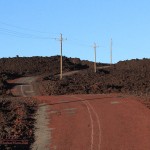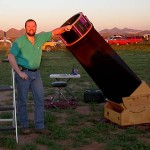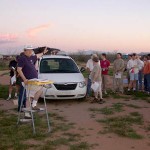We are good to go! I have the DLNR permit for using the site. We will hold the Mauna Kea Messier Marathon 2016 on the evening of March 12 at the Ka’ohe observing site.

Astronomical twilight ends: 19:44 HST
Astronomical twilight begins: 05:19 HST
Sunrise: 06:32 HST
Please arrive before sunset so as not to annoy other observers with lights and dust, allowing a few extra minutes to find the setup site. This will provide plenty of time to set up gear and have a picnic dinner. I hope to be at the site around 5:30pm. I will sign the group in at the check-in station with the permit number, you need not sign in.
For those who wish to marathon I will have a checklist available for the effort. There are a lot of MM checklists, the one I provide is optimized for our 20N latitude which changes the priority of the evening and morning objects. If you do not want to participate, just come to observe.
If you are participating in the MM I would also suggest a low-power, wide field instrument. Smaller telescopes are actually better at this pursuit than larger. For MM I leave the 18″ at home and bring a 6″ telescope. Any finding aids are acceptable, including GOTO. If you are a purist like me? I will use nothing but a chart and a Telrad to locate the objects.
The site is to be found along the old Saddle Road just above the Kilohana hunter check in station. There is a line of pine trees a couple hundred yards above the gate, I plan to set up on the makai side of the trees where you will find a large flat area and a big pile of gravel stockpiled. A precise location and Google map for the Ka’ohe site can be found here.
A reminder that the DLNR permit has a few restrictions, nothing we would not do anyway… No open flame, no hunting, and please keep the area clean.
Now all we need is clear weather for a successful Marathon!




